Today we went to a restaurant with the family, and I explored what the LX5 can do at ISO 320. I used to be really critical of image noise, but since one or two years ago I have learned to live with it. In fact, sometimes noise adds a kind of grittiness which I like.
I think the LX5 does somewhat better than the LX3 at higher ISO settings, but it can't do miracles, especially when shooting jpeg. Here I have set NR to -1, as I think noise is better that potential noise reduction artifacts. I think there isn't any reason why ISO 320 couldn't be used if and when needed.
This is good news for the winter dark. With the LX3 I have limited myself usually to ISO 200 when shooting handheld, and used ISO 100 with a mini-tripod.
By the way, these restaurant photographs finished the third charge of the Panasonic battery for the LX5 - at 3200 photographs. So, I'm getting more than 1000 photographs with one charge of the battery. Excellent!
Another note: When the LX3 run out of power, it stayed off. But when you switch the LX5 on after exhausting the battery, up comes a message on the LCD saying that battery power is low. Good!
By the way, I have combined my earlier postings comparing the LX5 and LX3 into a separate page. I'll update this page if and when I learn something significant about the LX5.
The last two photographs are dedicated to Markus Spring, who has recently made an enviable exploration of concrete and geometry. The above two photographs were taken at the Otaniemi campus today, outside the Innopoli building.
Corn Field
1 hour ago
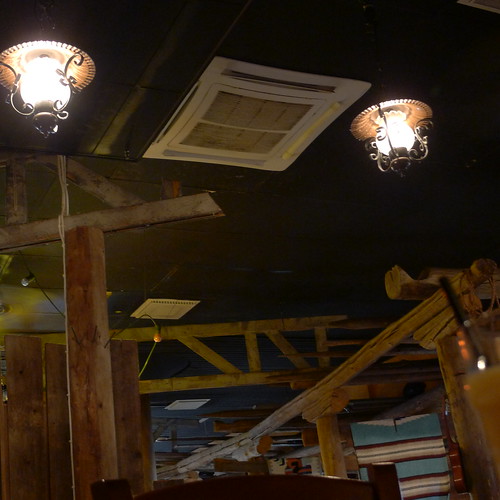
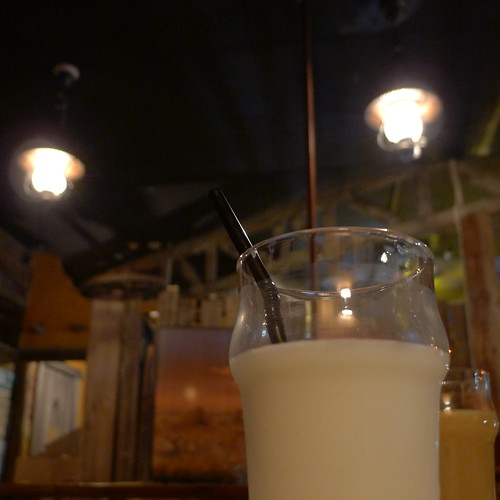
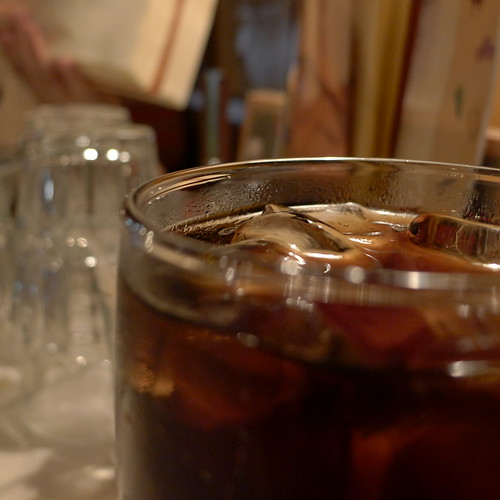
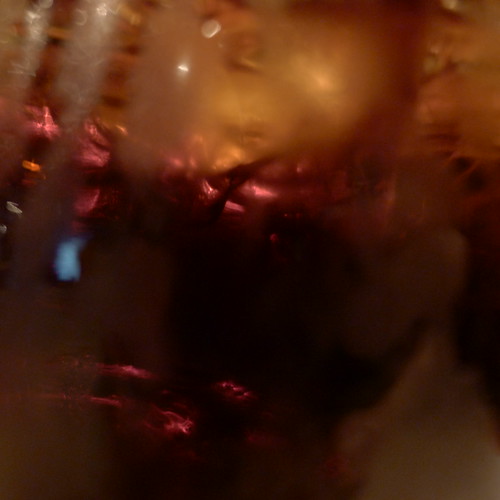
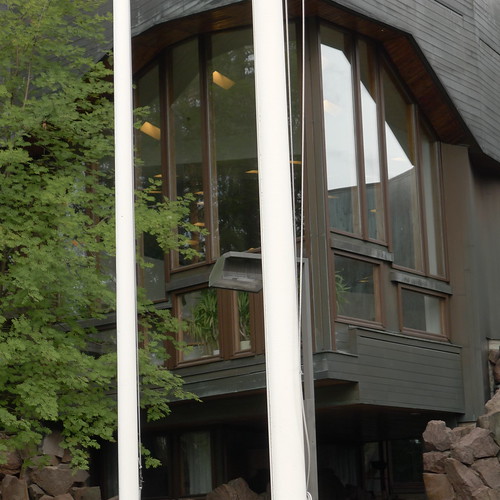
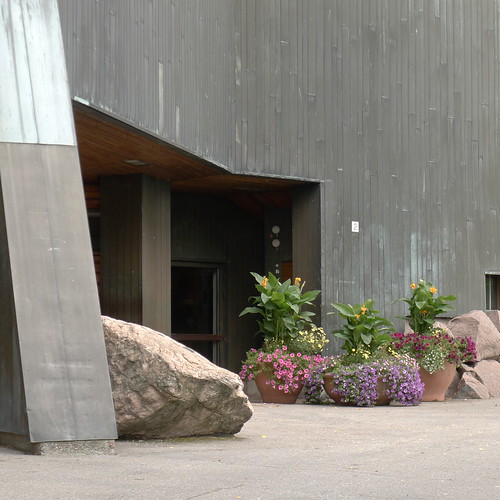



3 comments:
I use up to ISO 400 myself, though I activate Auto ISO only if needed and use ISO 80 otherwise. I always use RAW, do no noise reduction in the converter and always, even at ISO 80, noise reduction with Topaz Denoise as a first pass. Works fine.
@Andreas: You get probably one stop better quality that way than relying on the jpegs from the camera. Every so often I ponder whether to change the workflow. But that would be quite a change.
Given the number of images that you post, certainly. Going through RAW would reduce your output to half or less.
Post a Comment